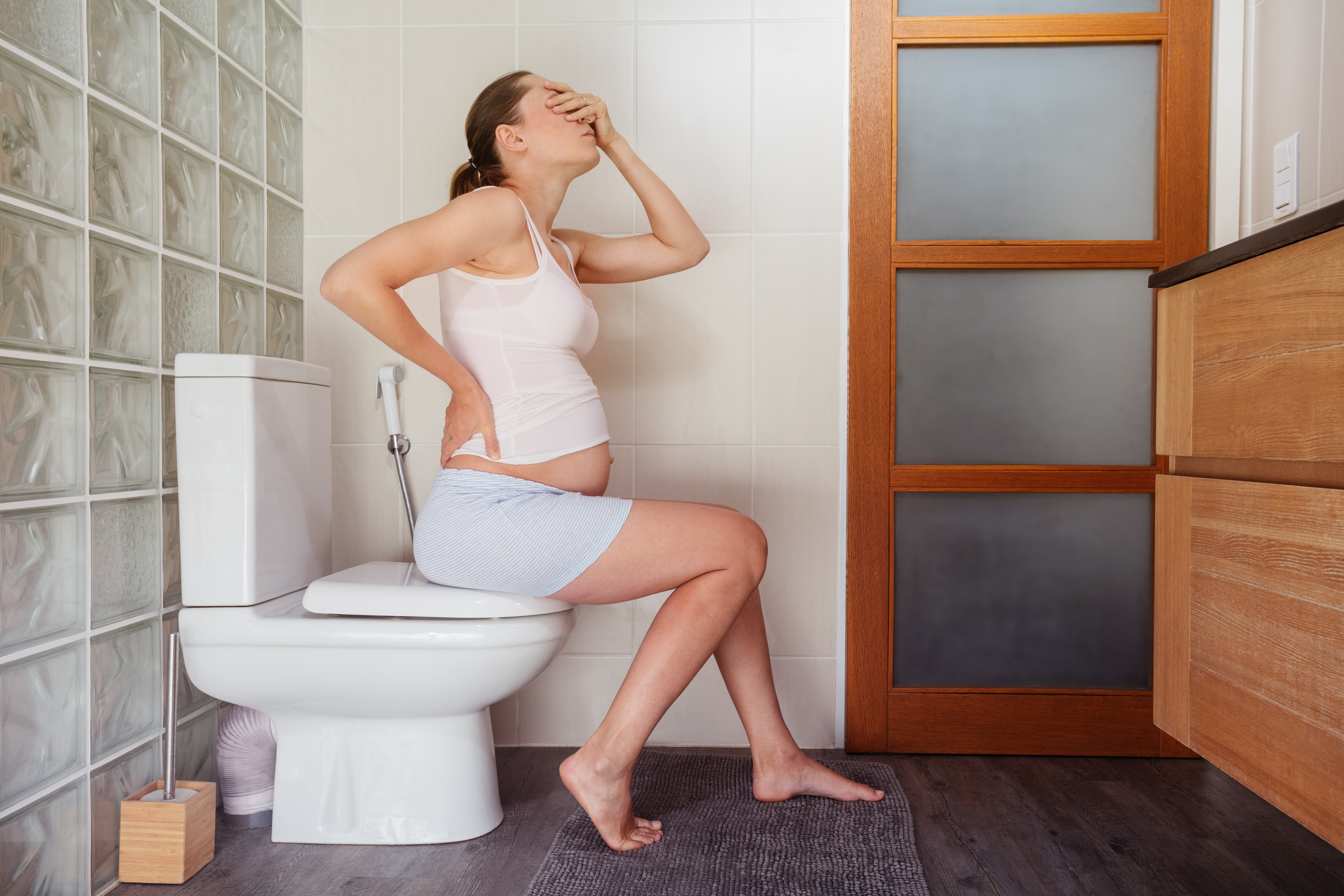If you’ve ever discussed your options for permanent or long-term contraception with your reproductive healthcare provider, you’ve likely heard the oft-cited statistic that pregnancy occurs “less than 1 percent” of the time after female sterilization procedures or intrauterine device (IUD) placement. But a recent study from the University of California, San Francisco (UCSF), is calling some of those effectiveness stats into question. As it turns out, women’s chances of getting pregnant in the first year after permanent sterilization or IUD placement may actually be higher than the often touted “less than 1 percent chance” with these contraceptive methods [1].
The UCSF researchers evaluated pregnancy rates and complications after sterilization and placement of an IUD for more than 83,000 women in California who were enrolled in Medicaid, a public health insurance plan for low-income patients. Researchers recruited participants between 2008 and 2014, following each one for 12 months post-sterilization or IUD placement.
The sterilization procedure evaluated in the study was tubal ligation, a surgical procedure in which a woman’s fallopian tubes are cut, sealed, or tied to permanently prevent pregnancy. Also known as “getting your tubes tied,” this procedure is the most common contraceptive method in the United States, particularly among low-income women, and three in ten married couples are estimated to choose it [2][3].
Given that an estimated one in eight women aged 15 to 44 use IUDs for long-term contraception (with pediatricians currently promoting their use for pregnancy prevention amongst teens, in particular) the UCSF researchers also studied typical use failure rates and complication rates following IUD placement [4].
Typical vs. perfect-use effectiveness rates for IUDs and sterilization
The UCSF study results were published earlier this year in the Journal of General Internal Medicine and revealed the proportion of women who became pregnant within one year for each method of long-term contraception. This number, known as the typical use failure rate, represents how well a contraceptive method prevents pregnancy in the real-world and takes into account inconsistent use and mistakes.
Usually, typical use failure rates are lower than perfect use failure rates (a metric that represents when a contraceptive method is executed perfectly—such as never forgetting to take a birth control pill at the same time, every day). The assumption has long been that typical use failure rates for tubal ligation and IUDs—which require little to no cooperation on behalf of the women who receive them—would be equivalent to the perfect use failure rates seen in clinical trials. That’s why the United States Food and Drug Administration states that “out of 100 women” who use tubal ligation or IUD placement, “less than 1 may get pregnant.”
Yet, the UCSF researchers found that among women who had a tubal ligation, 2.64% became pregnant within one year. Similarly, 2.40% of women who had a levonorgestrel IUD and 2.99% of women who had a copper IUD became pregnant within one year.
Pain after tubal ligation and IUD placement is common
The study also detailed the complications many of the women experienced with these methods. Women who had a tubal ligation were at particular risk for infection, abdominal injury, and acute hemorrhage, with 3% experiencing an infection, 3% having an abdominal injury, and nearly 1% having acute hemorrhage.
Pelvic inflammatory disease (PID), an infection of the reproductive organs, was seen for nearly 2% of women within 3 months after a tubal ligation, but this dropped to less than 1% for the remainder of the year evaluated after surgery. Some women who had IUD placement—less than 1%—developed PID during the year after placement.
For both tubal ligation and IUD placement, women commonly had menstrual bleeding concerns and pelvic, genitourinary, and/or abdominal pain. Researchers also noted that younger women were more likely than older women to report pelvic and/or abdominal pain after any of the procedures.
To summarize the results, between six months and one year after tubal ligation or IUD placement (complications were not evaluated beyond one year), the following issues were seen:
- Among women who had tubal ligation, 21% had pain in an area other than the abdomen, 14% had abdominal pain and gastrointestinal symptoms, 10% had pelvic pain, 6% had menstrual bleeding concerns, and 2% had genitourinary pain.
- Among women who had levonorgestrel IUD placement, 15% had pain in an area other than the abdomen, 10% had abdominal pain and gastrointestinal symptoms, 6% had pelvic pain, 5% had menstrual bleeding concerns, and 1% had genitourinary pain.
- Among women who had copper IUD placement, 13% had pain in an area other than the abdomen, 9% had abdominal pain and gastrointestinal symptoms, 6% had pelvic pain, 6% had menstrual bleeding concerns, and 1% had genitourinary pain.
Study did not include women who had tubal ligations immediately postpartum
Significantly, the study did not include women who had had tubal ligations during the first six weeks postpartum. Consequently, roughly 80% (nearly 113,000) of the women who had tubal ligations during the study’s time frame were excluded from the research. The study authors did not speculate on how excluding some of the most typical tubal ligation recipients (i.e., immediately postpartum women) might have skewed the data. But since postpartum women are at higher risk for issues such as hemorrhage than women who have not recently been pregnant, the complication rate after postpartum sterilization could logically be even higher than what the UCSF researchers found.
Women and couples have more than just two options for long-term pregnancy prevention
In the study, researchers suggested that the higher rate of complications following tubal ligations, coupled with the likelihood that Medicaid would not cover sterilization reversal for women who regretted undergoing the procedure, made long-acting reversible contraceptives like IUDs a better choice for women seeking a set-it-and-forget-it birth control method. Concerningly though, as the study found, the effectiveness of these methods may be lower than women are commonly told and the undesirable effects may be more common than most women anticipate.
Fortunately, tubal ligation and IUD placement are not the only ways to prevent pregnancy long-term. Couples can instead turn to evidence-based fertility awareness methods like the Creighton Method, Marquette Method, Billings Method, FEMM, and/or Sympto-Thermal Method, which have zero harmful effects, preserve the health benefits of ovulation on heart, bone, breast, immune, and brain health, and boast a typical use failure rate as low as 2%, depending on the method.
References:
[1] Schwarz, E.B., Lewis, C.A., Dove, M.S. et al. Comparative Effectiveness and Safety of Intrauterine Contraception and Tubal Ligation. J GEN INTERN MED (2022). https://doi.org/10.1007/s11606-022-07433-4 [2] Sung, Sharon, Abramovitz, Aaron. (2022)Tubal Ligation (Continuing Education course). StatPearls. https://www.ncbi.nlm.nih.gov/books/NBK549873/ [3] Beshar, Isabel et al. “Socioeconomic differences persist in use of permanent vs long-acting reversible contraception: An analysis of the National Survey of Family Growth, 2006 to 2010 vs 2015 to 2017.” Contraception, vol. 103, no. 4 (2021): pp. 246-54. doi:10.1016/j.contraception.2020.12.008 [4] Kavanaugh, Megan L, and Jenna Jerman. “Contraceptive method use in the United States: trends and characteristics between 2008, 2012 and 2014.” Contraception, vol. 97,no. 1 (2018): pp. 14-21. doi:10.1016/j.contraception.2017.10.003Additional Reading:
Post-tubal ligation syndrome: when getting your “tubes tied” isn’t as tidy as it sounds
Done with kids: thinking of sterilization?







